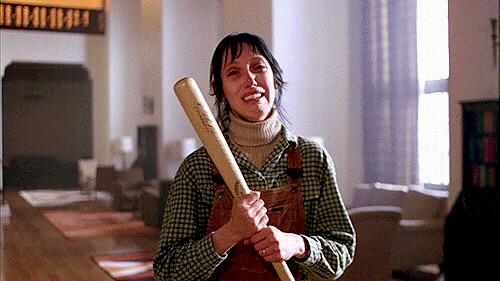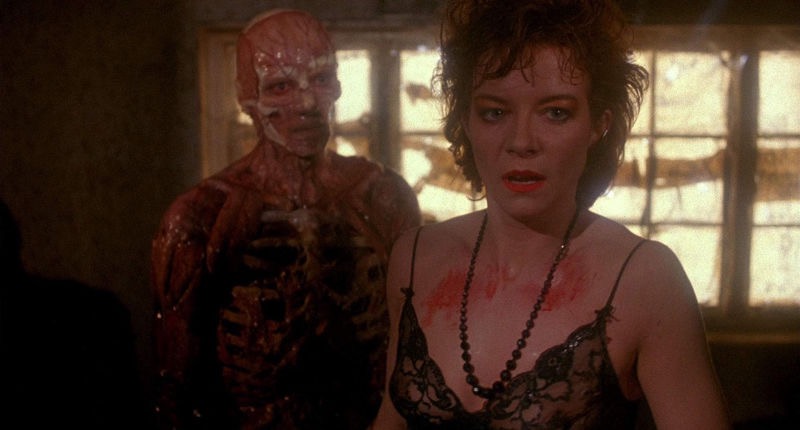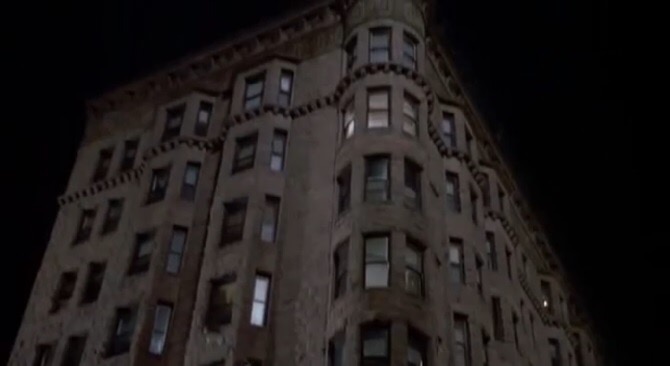One of the best, time-tested activities while getting high, is vegging out with a good flick. But what makes for a good stoner movie? Some prefer dumb comedies, and others like something a little more cerebral, but all stoners can agree on one category: pretty movies. What do I mean by “pretty” movies? Simply put, a movie that contains a high degree of visual stimulation—bright colors, smooth movement, and fantastic sets and locations. All are qualities that make a movie look incredible, which generally isn’t the only factor in determining a good movie, but can result in cinematic perfection for the stoned viewer. So read on for some recommendations of movies to watch stoned (or not) that will dazzle your eyeballs.
The Fall (2006)
Fantasy is generally a great genre to watch high, and this film is one of the best to include some of the most beautiful cinematography I’ve ever seen. This is due, in part, to the masterful use of color and the range of spectacular, real-life locations that span the globe. The fact that this beautiful film is centered around a tender and heartbreaking friendship between a suicidal stunt man and little Romanian girl is just the icing on the cake.
Moulin Rouge (2001)
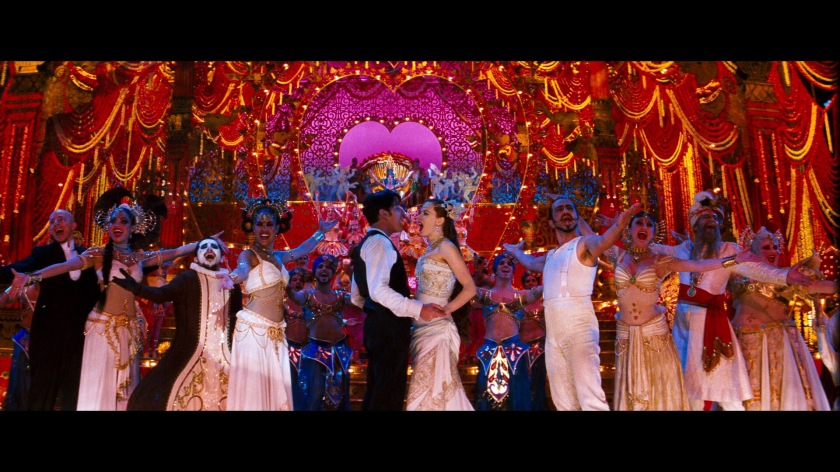
Baz Luhrmann is known for his visually-striking films, but I would say his most flamboyant and dazzling is Moulin Rouge. This movie contains equal parts fun and sorrow, but is filled to overflowing with bright colors, engaging song and dance numbers, and a sometimes frenetic pace. Even if you’re not a musical genre lover, this movie contains music taken from familiar pop hits, and is gorgeous enough to win you over. Let it.
Prometheus (2012)
I might get flack for including this movie rather than, say, Alien (the admittedly superior film), but I do so primarily because of the dramatic improvements in special effects and CGI in modern movies. In this sense, Prometheus retains the spacey Sci-Fi tone of Alien, but with better effects that allow for an increase in scope. While Alien takes place primarily aboard one ship, Prometheus lets the viewer explore a new world, and for that reason, makes for a better visual movie (for a stoner, anyway).
Amélie (2001)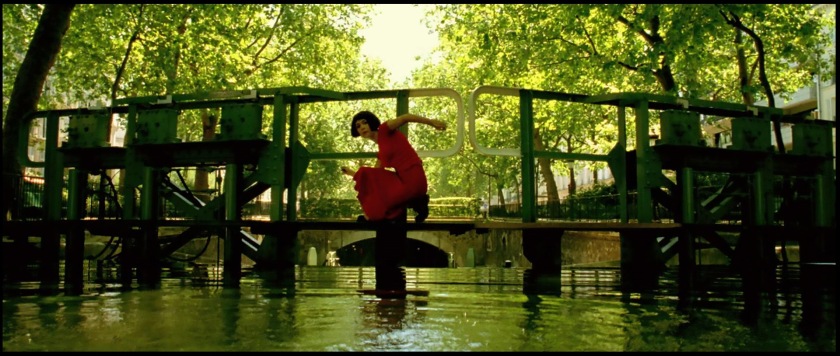
If you don’t mind keeping up with subtitles while you’re stoned, I would encourage you to watch the French film, Amélie. The director Jean-Pierre Jeunet is known for his visually inventive films, and this one is no different, albeit with a more accessible and charming story attached. Colors play heavily into this film (particularly green and red), and the entire movie is practically a Parisian tourism commercial. Watch it if you can handle the travel-lust.
The Wizard of Oz (1939)
Sometimes the classics are the best option, and although the Wizard of Oz is over 80 years old, most of us still grew up watching it, and for good reason. The movie is memorable, fun, well crafted, and utterly gorgeous. Each time Dorothy opens her sepia-toned door into colorful Munchkin land, the image is as striking as the first time I saw it. We all know the songs and the story, so give this film another watch after you’ve smoked a joint, and let it sparkle before your eyes once more.
Hero (2002)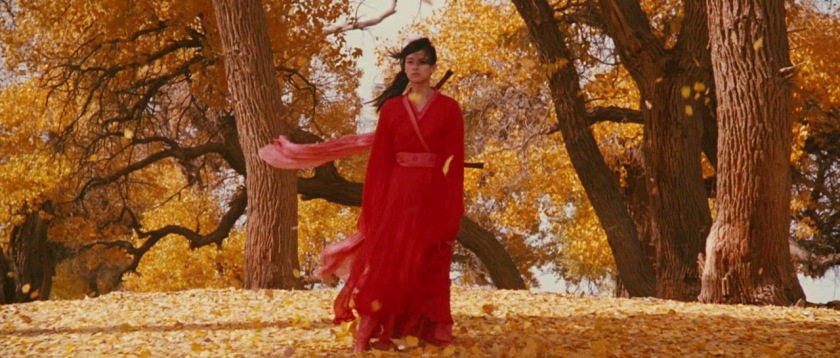
This is the second (and last, I promise) foreign film on the list, and again, if you can stand the subtitles, it’s absolutely worth a watch. I prefer this film to Crouching Tiger Hidden Dragon, another popular Chinese martial arts epic from around the same time, primarily because of the visuals. Hero contains the same incredible, high-wire martial arts fights, but brings an element of fantasy and elegance by use of color, location, and sets so each fight sequence has memorable distinctiveness.
Across the Universe (2007)
What could be better than a giant Beatles music video? Well, probably a lot of things, but not when you’re high! I remember seeing this film in theaters after trying edibles for the first time, and I thought this movie was a revelation in filmmaking. My opinion changed somewhat after I sobered up, but the combination of beloved Beatles songs and Julie Taymor’s inventive visuals and stage experience make it the perfect “high” movie.
Speed Racer (2008)
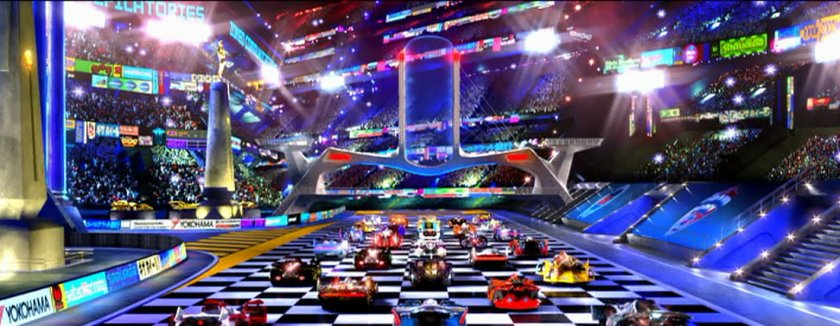
Though this movie would qualify as a flop from the Wachowskis, it still fills a special place in my heart as a surprisingly good stoner movie. This movie was filmed entirely on green screen and it really does look like a cartoon come to life. The colors are dazzling, and the races are impossible and mind blowing. This is a movie that I would only recommend watching high, due to the fact that while sober, it feels like nonsense.
Avatar (2009)
Statistically speaking, you’ve seen Avatar. But have you seen it high? For all the reasons it works when you’re sober, Avatar is a great film to watch high. The world of Pandora simply sparkles after a couple hits, and those blue kitties dance across the screen. It’s hard to say more about a movie so many people have seen. Just get high and watch it.
WALL-E (2008)
I could have included any Pixar film for this spot, because the animation is always cutting edge and impeccable, and for that reason alone, it should be on this list. However, WALL-E always stands a cut above the rest in terms of the visuals because of the wide scope—impressive views of a trash encrusted earth and beautifully-choreographed robot dances grace the screen. The simplicity of this movie, and directness of its message makes it even more enjoyable for the stoned viewer.
The Fifth Element (1997)
I have such a love for this movie because it’s just so fun and inventive. Sci-Fi doesn’t get any crazier or more zany than this film, and should be watched for that reason alone. However the stylized characters and sets are so unique and outstanding, that this movie is an absolute delight to watch. What more can, or needs, to be said about Korben Dallas?
Sin City (2005)
Do you like a little darkness in your stoned viewing material? Sin City has you covered. Like Speed Racer, this movie was filmed entirely with CG sets, but unlike Speed Racer, this movie has characters and a story that not only fits the green-screen world, but comes alive in it. This neo-noir world is in black and white, with splashes of color, like blood, or a prostitute’s golden hair. The stories are simple and brutal, just how Merv likes them, and stoners can enjoy the ride too.
Titanic (1997)
Titanic is a movie that’s as 90s as Furbies, and though it may not be at the top of most stoners’ lists, I like to stand up for it. Though the love story in the first half hasn’t held up well since I left elementary school, the second half features phenomenal CG combined with practical special effects that bring to life the sinking of the Titanic as never before. This movie is long, so impatient stoners would be better off fast forwarding through Jack and Rose’s love story beginnings to after the iceberg shows up, when the movie kicks into high gear.
A Clockwork Orange (1971)
Do you like a lot of darkness in your stoned viewing material? It’s hard (if not impossible) to make a list of visually-stimulating movies without including one directed by Stanley Kubrick. While most lists will include 2001: A Space Odyssey, I find that movie, while brilliant, to be a little tedious. Clockwork Orange feels more engaging to me, and contains an element of deviousness that I can really get behind in my stoner movies. The set pieces and cinematography are obvious standouts in this movie, though you may want to skip this one if you’re squeamish, or are easily triggered.










